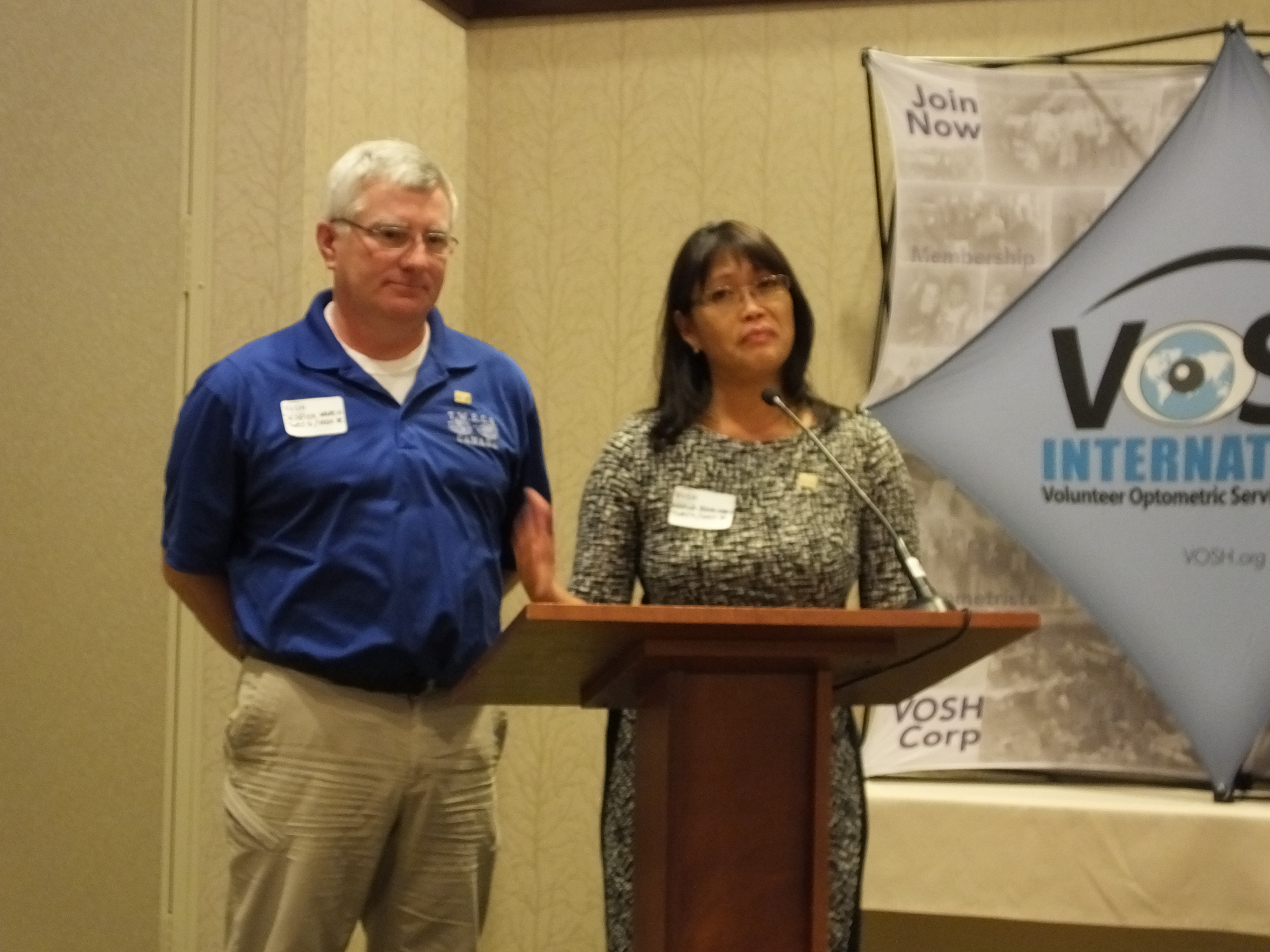Title: President’s Circle Award for Typhoon Haiyan Eye Care Relief, Philippines
Link: https://vimeo.com/115820774
An extraordinary acceptance speech by mission leaders Marina Roma-March, OD and Derrick March describes a VOSH disaster relief effort to aid the victims of Typhoon Hiayan in the Philippines. The VOSH/International Presidents Circle Award was given in November, 2014 at the VOSH/International annual meeting to:
VOSH-BC, Third World Eye Care Society Canada (TWECS)
Typhoon Haiyan Eye Care Relief, Philippines

